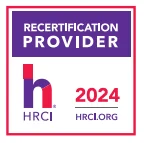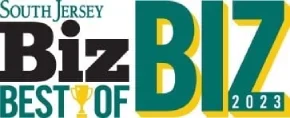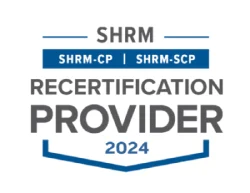How to Reset and Reflect After Benefits Renewal Season
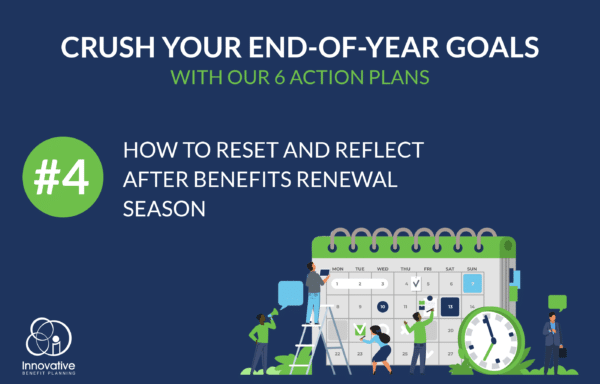
The hectic benefits renewal season is finally winding down for many employers, with open enrollment meetings and all the logistical challenges and decisions behind us for 2021. We’re ready to relax, enjoy the holiday season, and move on to new challenges during the new year. But wait a second: maybe we shouldn’t put renewal season out of our minds quite yet.
Even though you may be ready to put fourth quarter in the rearview mirror, this is actually the best time to reflect on your recent efforts while those successes, unexpected challenges, and avoidable obstacles are still fresh in your mind. Six to nine months from now, it will be more difficult to recall the details of how well your experiences tracked with your expectations. Spending a little time now to recap the lessons of 2021 will save you more time and effort in 2022 and deliver better results.
Here are some questions to help you reflect on and reevaluate the renewal experience:
- What didn’t work?
The military adage, “No plan survives first contact with the enemy”, frequently applies in the business world as well. You probably went into the 2021 renewal season with a robust plan in place and clear expectations of how things should work. Did everything go according to plan? Probably not. Make a list of the trouble areas. Then try to identify why things went astray and to prevent similar issues in the future.
- What went right?
It is human nature to focus on what went wrong and who to blame, but we often lose track of what worked correctly. Those are the successes you can build on in the future. Compile a list of what went right, take credit for the good outcomes, and celebrate those achievements. Then think about why those aspects were successful. Did you plan and prepare thoroughly? Worked with the best partners (internally and externally)? Implemented a change that paid unexpected dividends? Understanding why things worked well enables you to repeat those achievements next year – and helps you tackle the items above that did not work out quite as well.
- Did your broker deliver for you?
A good broker should bring more than knowledge to the table as they suggest alternatives, present vendors, and seek the best rates and features for your new benefits offerings. They must put your company’s needs and interests front and center. Your broker should suggest customized, innovative options that support your long-term corporate strategies and reinforce your culture. That includes keeping you informed during the year on evolving trends and new regulations that can shape your future benefits decisions, by suggesting and customizing ways to engage employees.
- How was your employee experience? How can it be improved?
Too many times, organizations put together a fantastic benefits package, yet fall short when rolling out the new plan to
their employees. The Open Enrollment process can be confusing and complicated for employees, particularly when there are multiple vendors and extensive changes. Was it easy for employees to access information about new rates and benefits? Was it simple to sign up? Could they easily get answers to their questions through multiple platforms on their own schedule? Think about each step in the process from an employee’s point of view. What could be done better next time?
The questions above will help you focus on the main points as you reflect on 2021. Here are a few more considerations as you look ahead to 2022:
- Be deliberate in your benefits strategy going forward. Having a deliberate strategy comes down to carefully planning your approach in advance (rather than reacting to unexpected challenges or market fluctuations). Your benefits strategy should align closely with the overall corporate strategy that describes where your company is and where it’s going. Benefits are a key component in attracting and retaining the right people to meet those goals.
- What new benefit offerings do you want to investigate? The benefits industry is constantly changing, with new products and services to meet the evolving needs of employers and a fluid workforce. The importance of wellness benefits was already growing before the COVID-19 pandemic brought them to the forefront. Similarly, the stress of the crisis plus the isolation of remote working options has emphasized the need for flexible mental health benefits. What is missing from your current package that employees and/or potential new hires want to see? Are you losing workers to competitors because they provide benefits you do not currently offer?
- What new funding strategies should be considered? There is no one-size-fits-all approach for funding your benefits offerings. Traditional fully-insured plans work well for some companies, while other reap advantages by shifting to self-insured arrangements. Keep an open mind as you consider the growing number of funding alternatives in the marketplace.
- Document your decisions for the next renewal season. Bring all the decisions, suggestions, and intentions you gathered above together in a central place. This prevents you from losing track of the lessons of the past and the changes you want to evaluate in the future.
Finally, reinforce the value of your benefits package to employees at least once a month throughout the year.
Communicating your benefits frequently and clearly helps encourage better retention of existing employees and more effective recruitment of potential new hires. Telling employees and prospective recruits “What’s in it for me?” creates more value for everyone concerned and helps your organization reap the rewards of your hard work during each renewal season.
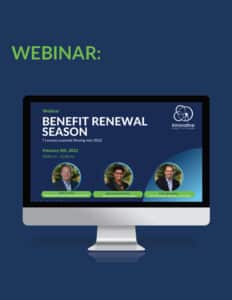
Benefits Renewal Season: 7 Lessons Learned Moving into 2022
The hectic benefits renewal season is winding down for many employers, but we shouldn’t put renewal season out of our minds quite yet. Join us February 8th to hear from our Managing Director of Employee Benefits, Dan Jordon, Account Executive, Shemelia, McClain, and Vice President of Consulting, John Romaska, review the 7 lessons learned from the 2021 renewal season and how you can begin to prepare for a successful 2022.
Categories
Archive
